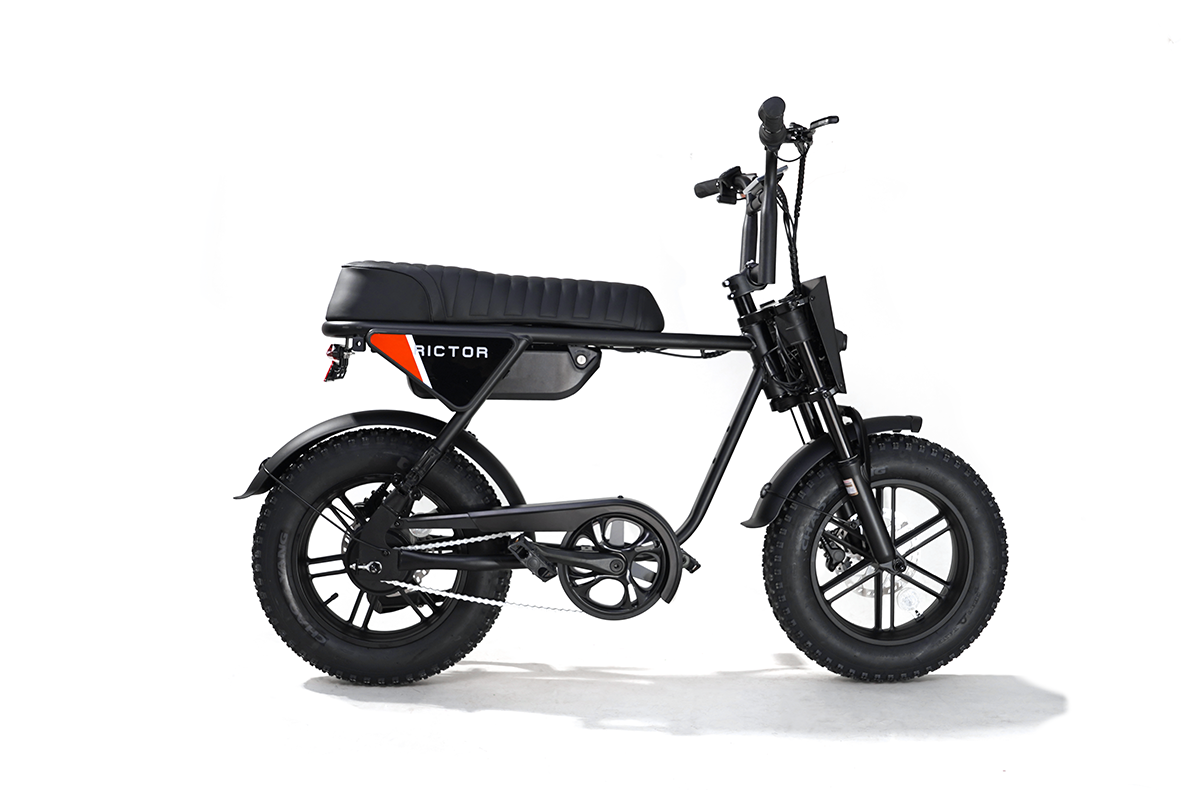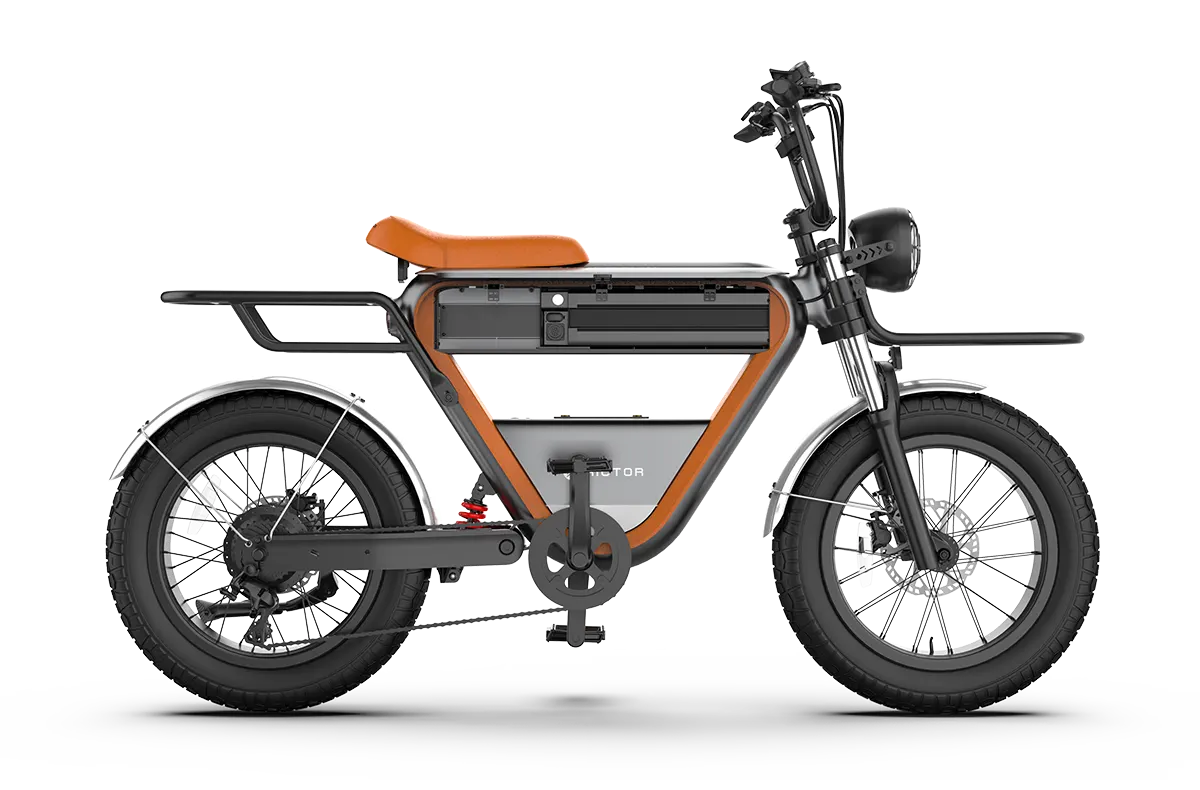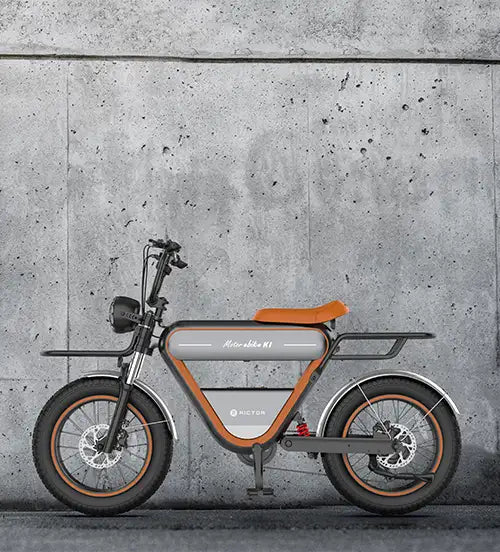
What’s the Difference Between Electric Bike Motors?
“What kind of motor do I need?” There’s a lot of variety out there. From hub motors to mid-drive motors, geared, gearless, and even shaft drives, there’s no shortage of options, and each one comes with its own benefits and quirks.
In this article, we’re going to break down the differences between these motors and help you understand which one might be the best fit for your needs. So, let’s dive in!
Hub Motors
Hub motors are probably the most common type you’ll see on e-bikes today. These motors are located in the wheel hubs—either in the front or the rear—and they’ve been around since the very first e-bikes hit the market. The big draw to hub motors is their simplicity.
These hub motors work by using electricity that flows through copper wires to create electromagnets. These electromagnets interact with traditional rare-earth magnets in the hub, and the repelling force between them creates rotational movement that drives the wheel forward. Sometimes, this force can also spin the hub backwards (useful for regenerative braking).
Early versions of hub motors used brushed motors. These were cheaper and simpler to make, but the brushes would wear down over time and eventually need replacement. Nowadays, most hub motors are brushless and use direct current, which makes them more reliable and efficient.
There are two main types of hub motors: geared and gearless. Geared hub motors have internal gears that help increase torque, making it easier to get started or climb hills. Gearless hub motors, on the other hand, don’t use gears. Instead, they rely on larger magnets to create force. Gearless motors tend to be quieter and require less maintenance because they have fewer moving parts.
Hub motors add weight to the wheels, which can make wheel maintenance (like changing a flat tire or fixing spokes) more challenging. The motor’s position at the wheel can also affect the bike’s balance, which might be noticeable if you're doing more aggressive riding, like jumping or riding off-road.
SEE ALSO How to Deep Clean Your Electric Bike Motor
Geared Hub Motors
Geared hub motors have internal gears (usually planetary gears) that give them more torque, meaning they pack a little more power compared to gearless motors. The biggest perk of geared motors is that they don’t create drag when you’re coasting. Thanks to a freewheel mechanism inside the motor, the motor can spin freely when it’s not being used, so you won’t feel resistance when you’re just cruising along.
They’re great for getting started quickly, so if you’re the kind of rider who likes zipping around on flat roads or wants a little extra boost when climbing a hill, geared hub motors can give you that. However, the gears do create some friction and noise, which might be a bit annoying over time. While geared motors are usually reliable, the gears can wear out, so you might find yourself needing some repairs after heavy use.
Gearless Hub Motors
Gearless hub motors (also known as direct-drive motors) are all about simplicity and durability. These motors don’t have gears, so there’s no friction from moving parts, and they’re often quieter as a result. Many people refer to them as “bulletproof” because they’re so tough and require minimal maintenance. Since there are fewer moving parts, you don’t have to worry about gears wearing down.
Another cool feature of some gearless motors is that they offer regenerative braking, which means they can convert some of the braking energy into electricity to recharge your battery. That said, it’s not the most efficient system, and it doesn’t regenerate a ton of power, but it can help extend the life of your brake pads and make your ride a little smoother.
These motors tend to be heavier than geared motors, and they’re not as powerful when it comes to climbing steep hills. They’re more suited for riders who do mostly city commuting or cruising along flat roads. And because they’re more durable, they can be a bit pricier.
Mid Drive Motors
If you’re into mountain biking or just love tackling steep hills, mid-drive motors might be your best bet. Unlike hub motors, which drive the wheel directly, mid-drive motors are located near the bottom bracket of the bike (the part where the pedals attach). This allows the motor to work with the bike’s chain and gears, which makes it more efficient when climbing hills or riding off-road.
Since the motor uses the gears, it can help you shift to a lower gear when you hit an incline, giving you more torque and making it easier to pedal uphill. This setup is great for riders who plan to tackle tougher terrain, and the best part is that it helps keep the overall weight of the bike more evenly distributed. The motor is positioned centrally in the frame, which makes the bike feel more balanced and stable.
Mid drive motors do require a little more finesse. Since the motor is also putting power through the chain, it can put extra strain on the drivetrain, meaning you’ll have to be extra careful when shifting gears. If you’re too rough with your shifts, you could risk damaging the chain or gears. Mid drive motors tend to be a little noisier than hub motors, and the system can be more complicated to maintain.
Shaft Drive Motors
Instead of using a chain or gears, shaft drives use a shaft to transfer power from the motor to the rear wheel. This setup is more similar to how cars work, where the motor drives the rear wheels through a central shaft.
The main advantage of shaft drives is that they’re incredibly smooth and low-maintenance. No messy chain to worry about, and fewer moving parts means less wear and tear. Plus, the motor is often centrally located, which helps keep the bike balanced. But here’s the catch: shaft drive systems are not super common, and they can be a little pricier and harder to repair since they require special frames.
So, Which Motor is Right for You?
The motor you choose depends on your riding style and what kind of terrain you plan to tackle. Hub motors are great for city commuting and general use, while geared hub motors offer a bit more power for climbing hills. Gearless hub motors are perfect if you want a quiet, low-maintenance ride, and mid-drive motors are the best option for mountain biking and climbing tough hills. If you want a low-maintenance, smooth ride and don’t mind paying a little extra, shaft drive motors might be the way to go. The Rictor K1 all terrain electric bike with a 750W motor is a versatile option that performs well across various terrains and is suited for multiple uses, offering the perfect balance for riders who want to tackle a range of conditions.
FAQs
Can a hub motor help with climbing hills?
Hub motors are less efficient at climbing hills, especially from a stop. Mid-drive motors are better for climbing.
What is regenerative braking in gearless hub motors?
Regenerative braking allows the motor to convert braking energy back into electricity to recharge the battery.
Are shaft drive motors worth it?
Shaft drive motors are smooth and low-maintenance but are more expensive and harder to repair.





